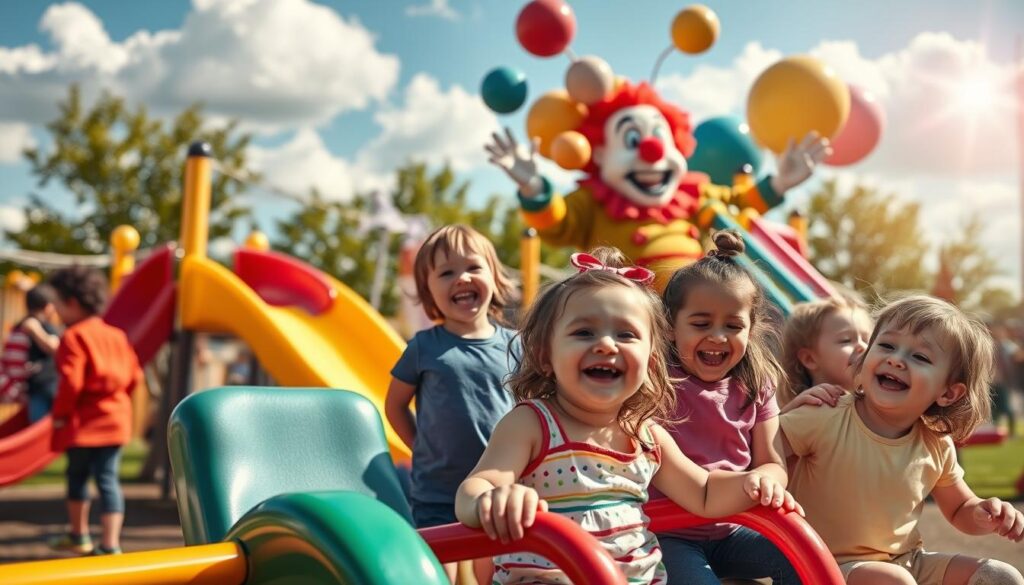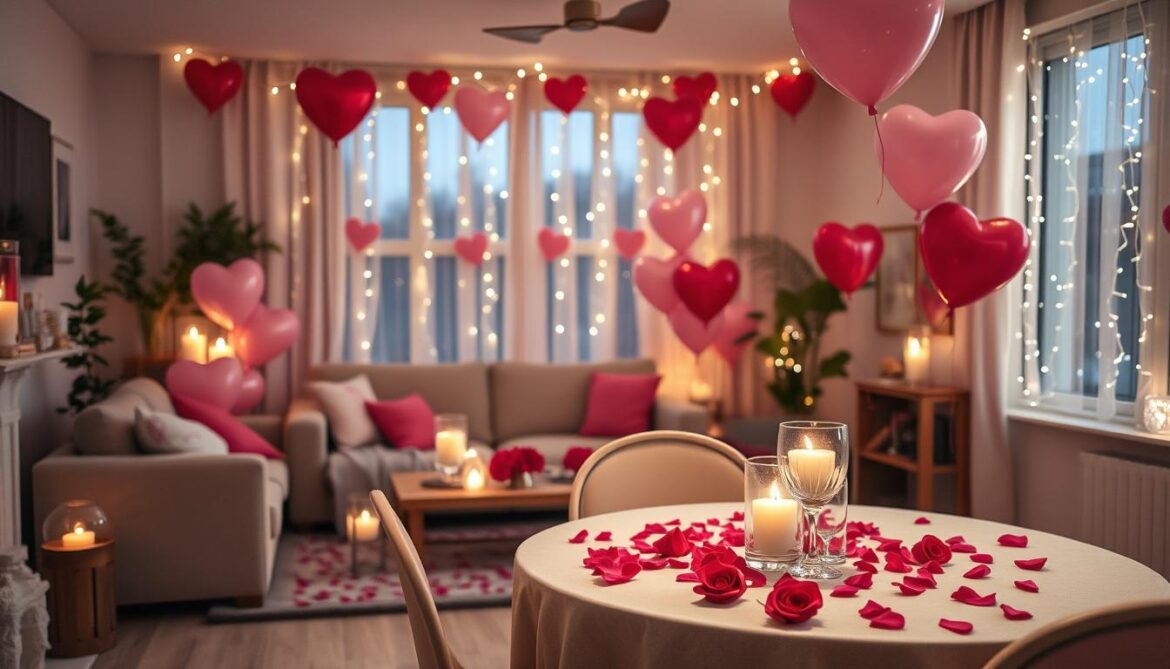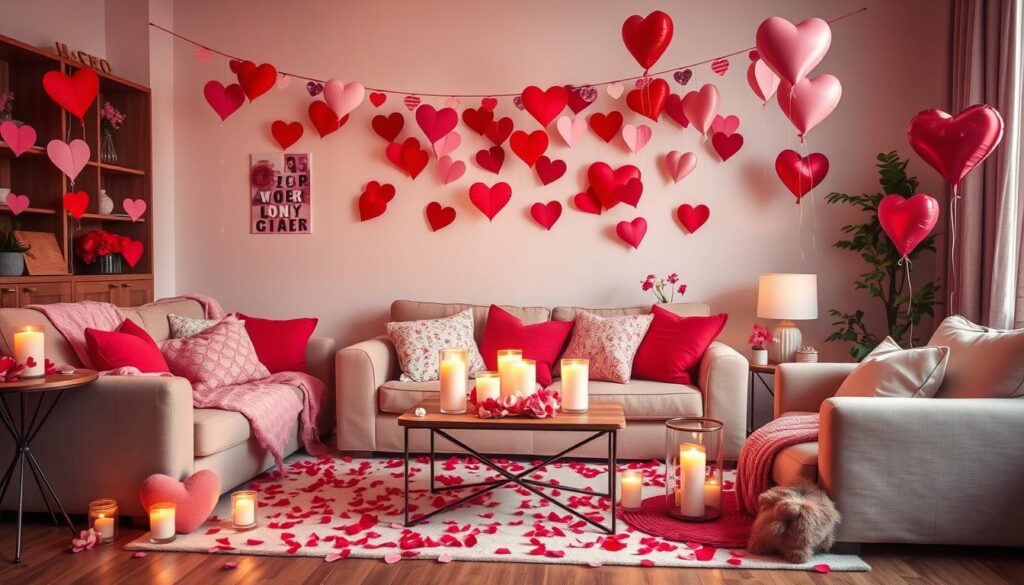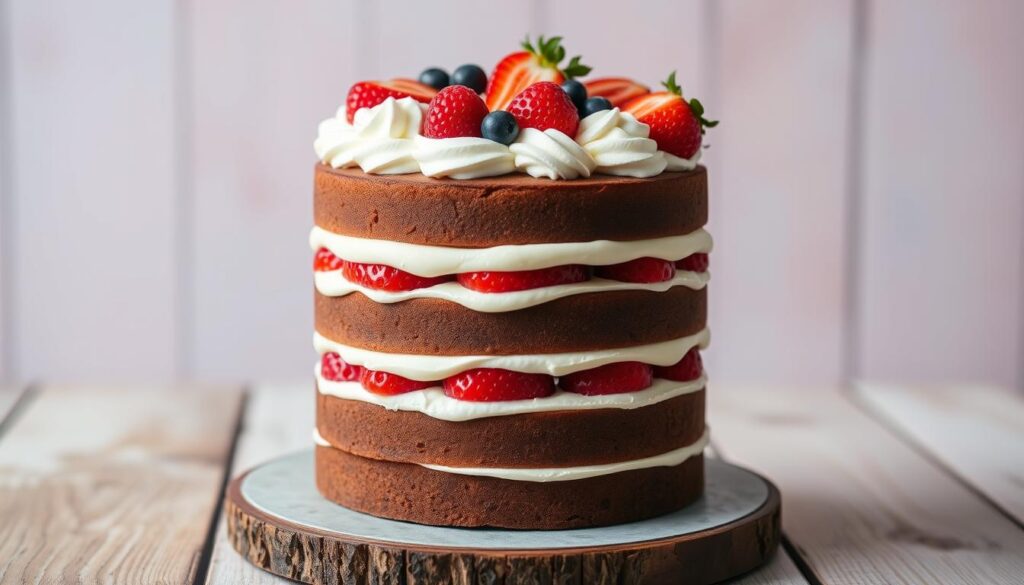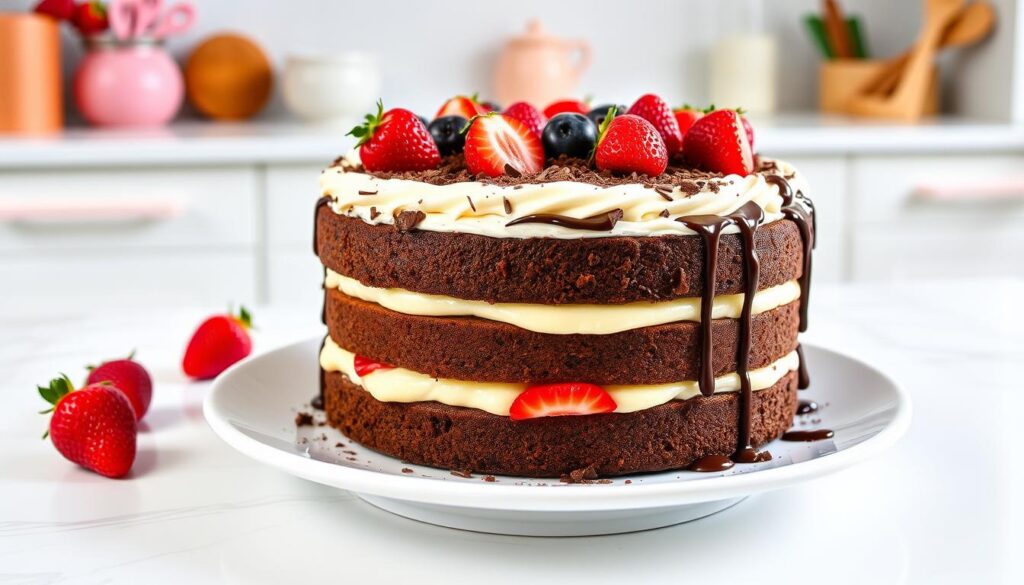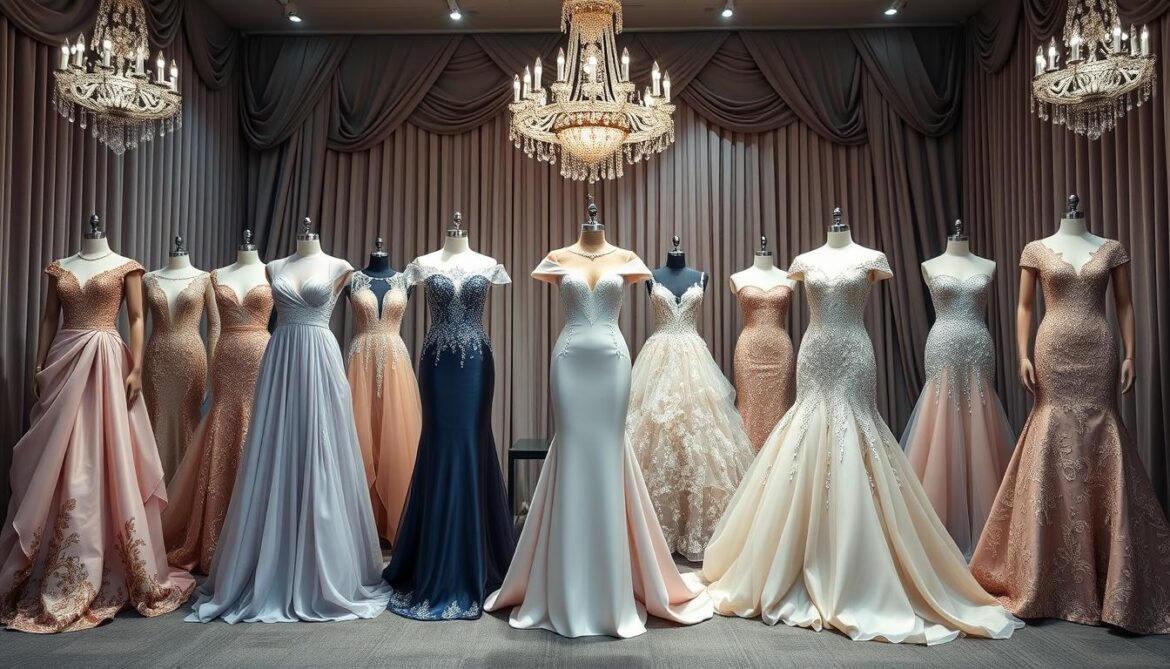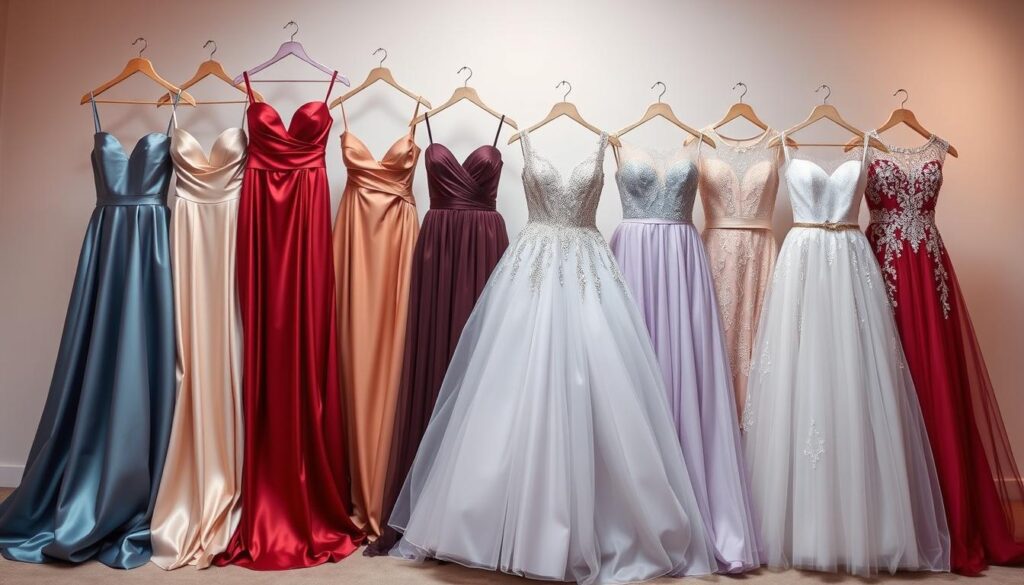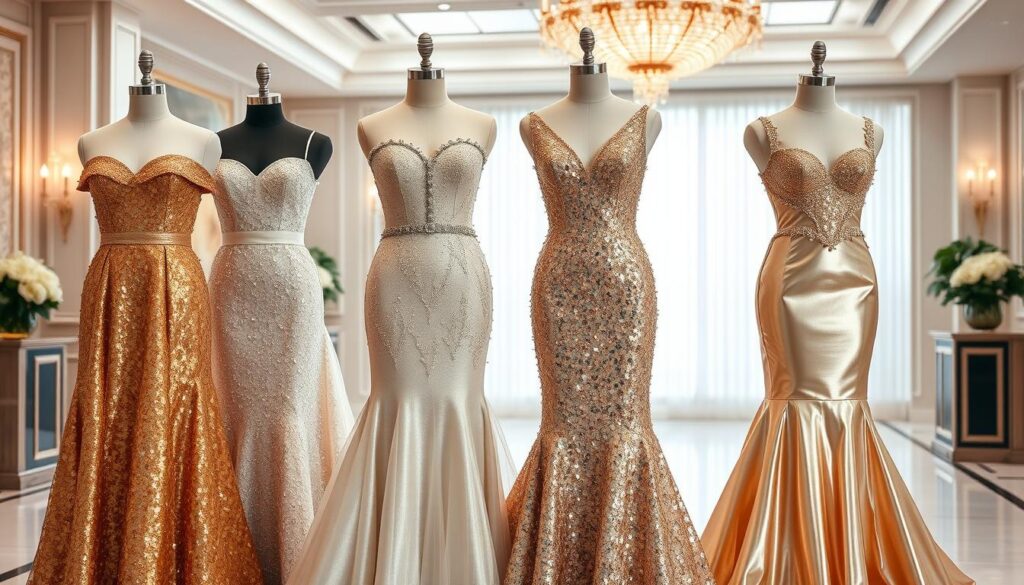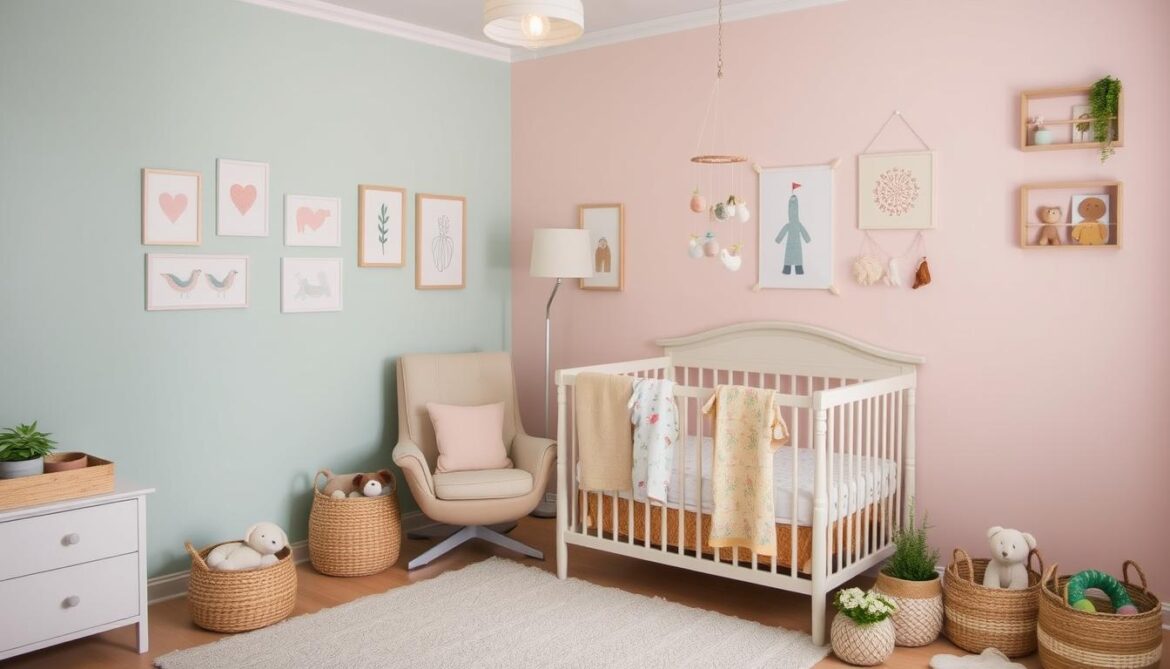As the holiday season gets closer, you can make a special DIY advent calendar. There are over 20 DIY advent calendar ideas to pick from. They let you add a personal touch to your holiday, making it unique and memorable.
Imagine waking up to a new surprise every morning. It could be a small toy, chocolate, or a fun family activity. Advent calendars can make your home festive. And, you can make your own for just a few dollars.
Key Takeaways
- You can create a personalized DIY advent calendar to make your Christmas celebration more special.
- There are over 20 DIY advent calendar ideas available to choose from.
- DIY advent calendars can be made for a fraction of the cost of store-bought calendars.
- Advent calendar ideas can help you create a fun and festive atmosphere in your home.
- You can include a variety of items in your DIY advent calendar, such as chocolates, small toys, and notes.
- DIY advent calendars can be reused each year, emphasizing sustainability in holiday traditions.
Introduction to DIY Advent Calendars
Starting your DIY advent calendar is a great way to celebrate the holiday season. The Advent season lasts 25 days, from December 1st to Christmas. It’s a time for families to bond and enjoy the holiday spirit.
With DIY Christmas crafts, you can make a calendar that’s truly yours. You can add holiday inspiration from nature, books, or movies. The goal is to have fun and make it personal.
There are many DIY advent calendar ideas out there. You can make a themed calendar with envelopes or use Kraft boxes for a reusable one. Fill each day with something fun, like a scavenger hunt or a small gift. It’s all about showing off your family’s personality.
By adding DIY Christmas crafts and holiday inspiration, your advent calendar will be special. So, why not start making your own today?
Here are some benefits of making a DIY advent calendar:
- Develops fine motor skills and aesthetic choices
- Encourages family bonding and quality time
- Allows for creativity and personalization
- Can be reused year after year
With these benefits, you can make a DIY advent calendar that’s both fun and meaningful. Start planning and crafting your own today. Make this holiday season unforgettable with your DIY Christmas crafts and holiday inspiration.
Classic Paper Advent Calendar
To make a classic paper advent calendar, you need paper, glue, and scissors. It’s a fun DIY project that brings holiday cheer. It’s a great way to spend time with your family and make something beautiful.
Here’s what you’ll need:
- Paper or cardstock
- Glue or a glue stick
- Scissors
- Markers or colored pencils
You can also add decorations like stickers, stamps, or ribbons. This makes your calendar even more festive.
With these DIY Christmas crafts ideas, you can make a unique advent calendar. It will show off your style and personality. So, get creative and enjoy making your own classic paper advent calendar!
Wooden Advent Calendar
A wooden advent calendar is perfect for those who love a rustic and traditional look. You can make it unique and personal with DIY customization. It’s a cozy way to count down to Christmas, loved by many for holiday inspiration.
Wooden advent calendars are durable and last long. You can also make it your own with paint, stain, and decorations. If you’re into DIY Advent Calendar Ideas, start with a wooden one.
To begin, you’ll need wood, fasteners, and accessories. Pick from woods like Maple or Padauk and add your own paint and stains. With some creativity and DIY skills, you’ll have a beautiful advent calendar. It will be a special part of your holiday inspiration tradition.
Fabric Advent Calendar
Making a fabric advent calendar is a fun and creative way to count down to Christmas. You can use simple sewing and fun embellishments to make a beautiful calendar. It’s a great way to add to the holiday spirit.
When picking fabric, think about the theme and style you want. You can use one fabric or mix different patterns and colors for a unique look. Cotton, linen, and fleece are popular choices. Using fabric panels with pre-printed numbers can make creating your calendar easier.
Here are some tips for making a fabric advent calendar:
- Use a standard fabric panel size of 24″ x 43″ (net size 19″ x 42″) for a classic look.
- Cut out 24 rectangle pockets, each measuring 11 cm x 12 cm, to create a fun and interactive calendar.
- Add a ½” seam allowance to enhance durability and prevent fraying.
- Use a variety of fabrics and embellishments, such as ribbons and buttons, to add a personal touch to your calendar.
With these tips and a little creativity, you can make a beautiful fabric advent calendar. It will become a cherished holiday tradition. A fabric advent calendar is a great choice for a fun and easy DIY project or a unique advent calendar idea.
| Fabric Requirement | Quantity |
|---|---|
| Calico or background fabric | 1 meter (minimum width of 124 cm) |
| Rectangle pockets | 24 pieces (4 rectangles from each of 6 different prints) |
| Background fabric | 2 pieces measuring 82 cm x 62 cm |
Mason Jar Advent Calendar
Using mason jars for a DIY Advent Calendar is a unique and personalized idea. It’s one of many DIY Advent Calendar Ideas that can make your home festive. Fill each of the 24 mason jars with a different treat or activity. It’s a fun way to count down to Christmas.
Setting up a mason jar advent calendar is easy. You’ll need 24 mason jars, a scrapbook punch, and scrapbook paper. Fill each jar with candy, small toys, or notes with fun activities. It’s a great way to get into the holiday spirit with your family.
For creative labeling, use a marker to write the date on each jar. Or, use a label maker for a uniform look. Add decorative ribbon or twine around the lid for a festive touch. With a bit of creativity, you’ll have a beautiful mason jar advent calendar.
Here are some ideas for filling each jar:
- Candy or small treats
- Small toys or trinkets
- Notes with fun activities to do each day
- Small puzzles or games
These ideas are just a starting point. Customize your mason jar advent calendar to fit your family’s interests. Enjoy the holiday inspiration it brings.
Chocolate-filled Advent Calendar
Making a chocolate-filled advent calendar is a fun way to celebrate the holiday season. It’s a great idea to make the countdown to Christmas more exciting. Start by picking your favorite chocolates for each day. It’s a DIY Christmas crafts project that’s both enjoyable and personal.
Think about how you want to show off your chocolates. You could use a poster frame or create a unique design. The most important thing is to have fun and make it your own.
Selecting Your Favorite Chocolates
Pick a variety of chocolates for your advent calendar. Try different flavors or types of chocolate for each day.
Building the Calendar Frame
Use a poster frame or get creative with your design. Add decorations or use washi tape to make it festive.
Creative Ways to Surprise with Treats
Surprise your family with a new chocolate each day. You could also include other small treats or activities to make it more exciting.
Some popular advent calendar ideas include using reusable calendars or making your own DIY Christmas crafts. Whatever you choose, make sure it’s fun and enjoyable for everyone involved.
| Day | Chocolate | Treat |
|---|---|---|
| 1 | Milk Chocolate | Cookie |
| 2 | Dark Chocolate | Caramel |
| 3 | White Chocolate | Nut |
Activity-based Advent Calendar
Creating an activity-based advent calendar is a fun way to make the holiday season more interactive. With DIY Advent Calendar Ideas, you can make a calendar that shows off your style. It’s great for families who want to spend quality time together and make memories.
You can include fun family activities like baking Christmas cookies and making decorations. You can also add acts of kindness, like writing cards to care homes and helping in the community. The activities should be simple and fun for everyone to enjoy.
- Baking Christmas cookies and mince pies
- Making decorations, such as wrapping paper and ornaments
- Going on outdoor adventures, like torch walks and scavenger hunts
- Participating in community service projects, like donating to food banks and supporting refugees
The goal is to fill your calendar with holiday inspiration and fun activities. With a bit of creativity, your advent calendar will become a beloved tradition for years.
Nature-inspired Advent Calendar
Making a nature-inspired advent calendar adds a rustic touch to your holiday decor. You can use advent calendar ideas and DIY Christmas crafts to create a beautiful calendar. Start by collecting natural materials like sticks, rocks, and pinecones.
To build your advent calendar, you’ll need a few items. You’ll need a strong stick, 2 meters of rope, and 25 small kraft paper bags. You can also use home supplies like ribbons and glue. Each ribbon piece should be about 30 cm long.
Collected Natural Materials
Using natural materials in your crafts is eco-friendly. You can use a stick from a Grevillia tree or other natural items. The project might need some practice and adjustments, like discarding a few bags.
Displaying Your Calendar
Your advent calendar is for 25 days before Christmas. It’s a common design in DIY advent projects. Hang it in a place like a wall or mantel. It’s designed to be fun for kids, who start to understand it at age two.
Eco-friendly Fillers
The Nature Play Advent Calendar is an eco-friendly choice. It has 28 nature activities, 12 cards, and 2 envelope sets. It encourages nature play over material gifts. The calendar costs $1.99, making it affordable and green.
| Calendar Feature | Description |
|---|---|
| Nature Activities | 28 Christmas-themed nature activities |
| Make-your-own Cards | 12 cards for customizing each year |
| Envelopes | 2 different sets of envelopes for packaging activities |
| Cost | $1.99 |
Countdown to Christmas with Books
Get ready for the holiday season with a unique DIY Advent Calendar Ideas. This book-themed twist adds joy and excitement to your countdown. Choose 24 Christmas books for kids, one for each day, and wrap them up for a fun surprise.
Set up a cozy display with the wrapped books in a basket or on a shelf. Add festive touches like holly, mistletoe, or fairy lights. Each night, unwrap a book and read it together, enjoying quality time.
Here are some wrapping ideas for each book:
- Use colorful paper or fabric to match your holiday decor
- Add a gift tag or a ribbon to make it look like a present
- Include a personal message or a note with each book
Creating a book-themed DIY Advent Calendar Ideas makes the holiday season special. Start planning and get ready to count down to Christmas with books!
| Book Title | Author | Age Group |
|---|---|---|
| The Night Before Christmas | Clement Clarke Moore | 4-8 |
| Polar Express | Chris Van Allsburg | 4-8 |
| How the Grinch Stole Christmas | Dr. Seuss | 4-8 |
Map of Christmas Around the World
Exploring advent calendar ideas can lead to a unique and educational project. A map-themed advent calendar is a fun way to learn about Christmas traditions globally. With some research and creativity, you can create a map that shows various countries and their holiday customs.
Start by researching different countries and their Christmas celebrations. For instance, in Germany, Christmas markets are a big part of the holiday. In Italy, the Feast of the Seven Fishes is a traditional Christmas Eve dinner. Use this info to make a map that highlights these traditions and includes fun facts and trivia.
Designing the Map Display
To make a visually appealing map display, use a large piece of cardboard or foam core. Draw a world map on it. Then, use push pins or stickers to mark countries and add notes or pictures to highlight their Christmas traditions. This is a fun and interactive way to learn about different cultures and holiday customs.
Educational Aspects for Kids
A map-themed advent calendar is great for kids’ education. Include fun and interactive activities, like quizzes or games, to teach them about different countries and their Christmas traditions. You can also include DIY Christmas crafts, such as making traditional holiday decorations or cooking traditional holiday foods.
Some advent calendar ideas for a map-themed calendar include:
- Creating a scavenger hunt with clues and riddles that lead to different countries on the map
- Including traditional holiday recipes from around the world
- Adding fun facts and trivia about different countries and their Christmas customs
By creating a map-themed advent calendar, you can make learning about Christmas traditions around the world fun and engaging. With a little creativity and research, you can design a unique and educational advent calendar that includes DIY Christmas crafts and fun activities for kids.
| Country | Christmas Tradition |
|---|---|
| Germany | Christmas markets |
| Italy | Feast of the Seven Fishes |
| United States | Santa Claus and gift-giving |
Upcycled Advent Calendar
When looking into DIY Advent Calendar Ideas, think about making an upcycled advent calendar. This eco-friendly choice lets you use old items, cutting down on waste. It also adds a personal touch to your holiday decor.
Start by gathering materials to reuse. Look for things like old jars, cardboard tubes, or fabric scraps. You can also use items like particle-board wreath forms, yarn, and embroidery floss for decoration. For a rustic feel, try twine, pinecones, or dried flowers.
Fun Decoration Ideas
To make your upcycled advent calendar stand out, add some fun decorations. Use paint, markers, or stickers to add color and patterns. You could also choose a theme, like a winter wonderland or a festive holiday village. This way, you can create a calendar that’s truly unique and reflects your style.
Benefits of Upcycling
Upcycling your advent calendar has many benefits. It helps reduce waste and promotes sustainability. By using materials you already have, you create something special and eco-friendly. Plus, it encourages others to be creative and reduce waste too.
Countdown Wreath Advent Calendar
To make a countdown wreath advent calendar, you’ll need a few things. You’ll need 24 wooden clothespins, a solid cardboard base, and 24 candy treats. The clothespins should be 0.4 inches wide and 2.9 to 3.3 inches long. Use a hot glue gun to stick the clothespins to the cardboard base.
This advent calendar idea lets you pick different treats, like herbal tea bags or small toys. You can also use double-sided tape for quick assembly, without waiting for it to dry. To count down, add numbers to each clothespin with a marker or stickers.
Other DIY Christmas crafts ideas include using a muffin tin or a fabric advent calendar. These projects are quick and fun, helping you get into the holiday mood. With some creativity, you can make a unique advent calendar that shows off your style.
Here are some tips for your countdown wreath advent calendar:
- Use different materials, like felt, paper, and wood, to make it interesting.
- Choose eco-friendly materials, like recycled cardboard or fabric scraps, to help the environment.
- Add your own special touches, like photos or mementos, to make it personal.
Popup Advent Calendar
To make a unique popup advent calendar, start by designing the box. This is a fun way to show your holiday inspiration and style. You can use paper, cardboard, or wood for the box.
Choosing what to put in your advent calendar is easy. You can pick small toys, candies, or DIY Advent Calendar Ideas like puzzles. Make sure it’s fun and interactive for each day leading up to Christmas.
Crafting the Box Design
To design the box, you’ll need glue, scissors, and a ruler. You can also add decorations like ribbons or bows for a festive look.
Items to Include
Here are some ideas for your advent calendar:
- Small toys or trinkets
- Candies or chocolates
- Puzzles or games
- DIY crafts or activities
Tips for Making it Interactive
To make your advent calendar fun, add surprises or hidden spots. You can also include games, challenges, or fun facts. This will make each day exciting.
- Surprises or hidden compartments
- Games or challenges
- Fun facts or trivia
Photo Advent Calendar
Making a photo advent calendar is a wonderful way to add a personal touch to the holiday season. It’s a chance to show off your style and personality with advent calendar ideas and DIY Christmas crafts. You can make a unique photo advent calendar that stands out.
First, pick your favorite family photos. This might be tough because you want to choose photos that really capture your family’s memories. Mix old and new photos to add a sense of tradition and nostalgia.
After picking your photos, think about how to display them. You could use a traditional advent calendar frame or get creative with something like fairy lights or a decorative ladder. Here are some ideas to get you started:
- Use a photo advent calendar kit, which usually includes a frame and 24 small pockets to hold your photos.
- Create a DIY photo display using a piece of cardboard or a wooden board, and attach the photos using clips or glue.
- Hang the photos on a wall or a door using a string or a ribbon, creating a festive and eye-catching display.
Don’t forget to add personal messages for each day. This makes the experience even more special and meaningful. With a bit of creativity and effort, you can make a beautiful and personalized photo advent calendar. It will become a cherished family tradition.
Themed Advent Calendar Ideas
Thinking about making a DIY Advent Calendar? You might want to pick a theme to make it more fun and personal. With DIY Advent Calendar Ideas, you can turn your holiday countdown into a special event. Themed calendars let you add holiday inspiration to your daily life, making Christmas more exciting.
Popular themes include winter wonderland, Christmas movies, or favorite holiday books. You can fill your calendar with items like hot cocoa mix, Christmas cookies, or small toys that match the theme. For instance, a winter wonderland theme could have fillers like snowflake ornaments, pinecones, or small snowmen.
Here are some unique calendar ideas:
- Create a movie-themed advent calendar with 24 Christmas movies to watch leading up to Christmas
- Make a book-themed advent calendar with 24 holiday books to read together as a family
- Design a winter wonderland-themed advent calendar with fillers like snowflakes, pinecones, and small snowmen
| Theme | Fillers | Activities |
|---|---|---|
| Winter Wonderland | Snowflakes, pinecones, small snowmen | Make snowflakes, go sledding, have a snowball fight |
| Christmas Movies | Hot cocoa mix, popcorn, Christmas movie tickets | Watch a Christmas movie, make hot cocoa, go to a movie theater |
Incorporating Technology in Advent Calendars
Exploring advent calendar ideas? Think about adding technology to your DIY Christmas crafts. Digital platforms now let you make interactive, personalized advent calendars. They blend old traditions with new tech.
Making a tech-themed advent calendar is simple. Pick a theme that matches your interests. For example, a book lover can make a calendar with daily book tips or quotes.
App-based Options
There are many apps for creating your own advent calendar. These apps offer daily reminders, games, and rewards. You can pick from various themes and designs to match your style.
Interactive Features
Interactive features can make your advent calendar more fun. Add daily challenges, quizzes, or puzzles for rewards. It’s a great way to get the whole family involved and excited.
Hybrid Ideas Combining Tradition and Tech
Want to mix old and new? Try a hybrid advent calendar. Use a physical calendar and add digital touches like QR codes or augmented reality. It’s a unique and engaging experience.
- Creating a digital scavenger hunt with clues and challenges
- Using social media to share daily advent calendar updates and surprises
- Incorporating virtual reality or augmented reality experiences
| Advent Calendar Type | Features | Benefits |
|---|---|---|
| Traditional | Physical calendar with 24 doors or windows | Encourages family bonding and tradition |
| Digital | App-based or online calendar with interactive features | Offers flexibility and customization options |
| Hybrid | Combines physical and digital elements | Provides a unique and engaging experience |
Conclusion and Encouragement
Creating a unique DIY advent calendar is full of possibilities. You can choose from many designs, like paper, wood, or fabric. Let your creativity shine and make a calendar that shows your style.
Explore different materials and techniques that catch your eye. Making your advent calendar can be as fun as opening it. Get your family involved to create a special tradition.
Start your DIY advent calendar journey with excitement. The holidays are for making memories. Your customized calendar will be a treasured keepsake for years. With creativity and the right inspiration, you’ll have a holiday experience to remember.
FAQ
What are some creative DIY advent calendar ideas?
This article shares 20 DIY advent calendar ideas. You can make classic paper calendars or try wooden, fabric, mason jar, and chocolate-filled ones. There are also activity-based, nature-inspired, book-themed, and tech-themed options.
Why are DIY advent calendars important for creating holiday traditions?
DIY advent calendars help you start a special holiday tradition. They let you pick a theme that fits your style. This makes the holiday season more joyful for your family.
How can I make a classic paper advent calendar?
To make a paper advent calendar, you need card stock, decorative paper, and glue or tape. The article guides you through the process and offers decoration ideas.
What are the benefits of a wooden advent calendar?
Wooden advent calendars have a rustic charm. The article shows how to customize and decorate your wooden calendar. You can paint or stain it to make it unique.
How can I create a fabric advent calendar?
For a fabric advent calendar, choose the right fabric and use simple sewing. Add embellishments for a cozy holiday look.
What are some ideas for a mason jar advent calendar?
A mason jar advent calendar is creative and fun. Fill each jar with treats or activities. Use fun labels to make it personal.
How can I make a chocolate-filled advent calendar?
To make a chocolate advent calendar, pick your favorite chocolates. Build a frame and surprise your family with treats each day.
What are some ideas for an activity-based advent calendar?
An activity advent calendar has fun family activities for each day. The article gives ideas for both the calendar and activities.
How can I make a nature-inspired advent calendar?
A nature advent calendar uses natural materials and eco-friendly fillers. It’s a beautiful and sustainable holiday display.
What are some tips for a book-themed advent calendar?
For a book advent calendar, choose the right books and create a cozy display. Use creative wrapping for each book.








